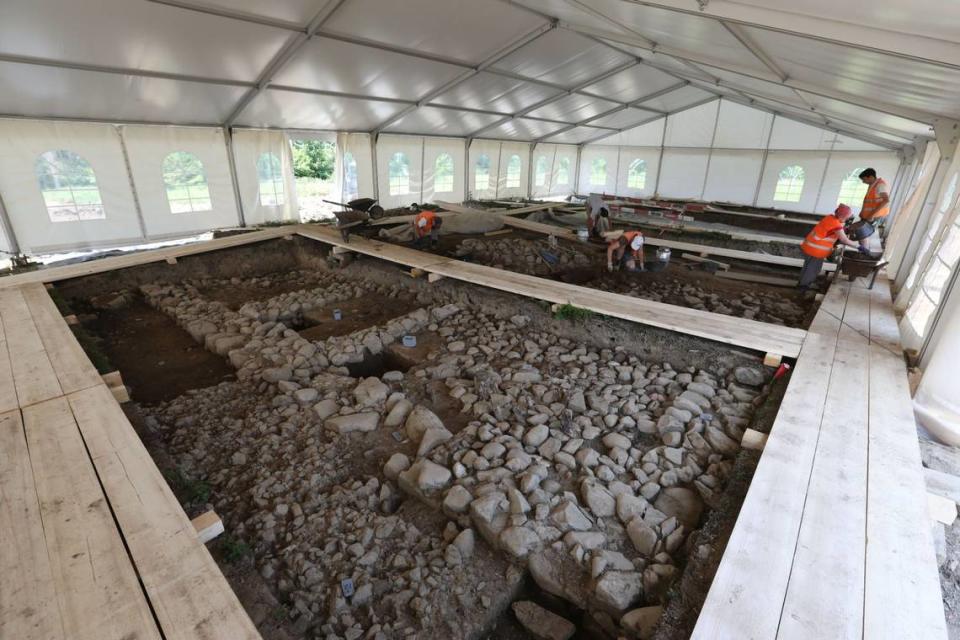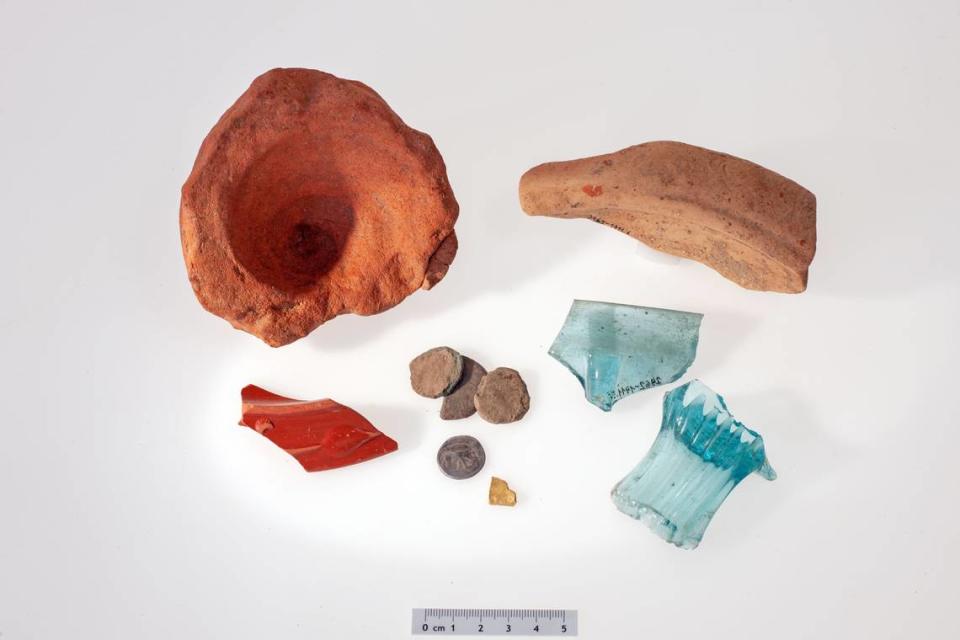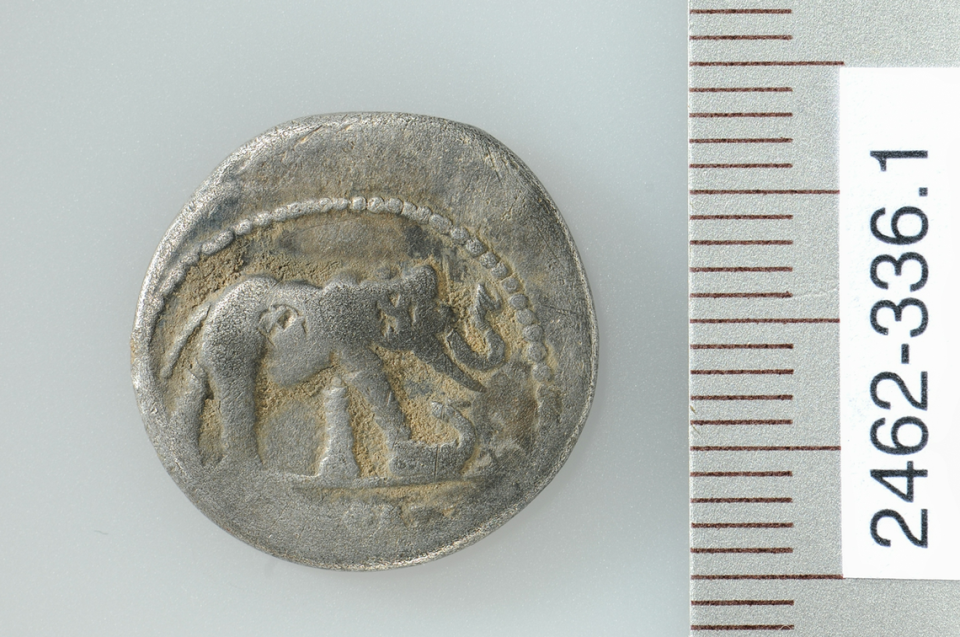Bricks emerging from forest floor turn out to be rare 2,000-year-old Roman ruins
To their surprise, archaeologists found bricks emerging from a forest floor in Switzerland. It turned out the seemingly out-of-place objects were just the tip of the iceberg.
Hidden underground beneath the bricks lay a sprawling Roman building complex dating back around 2,000 years. The rare ruins, found in the canton of Zug, marked the first such discovery made in the region in about 100 years, according to an Aug. 22 government news release.
During the excavation, the stone ruins were found to include numerous rooms and span an area of at least 1,600 square feet.

Though well-preserved, it’s not clear what purpose the building might have served, officials said, adding that it might have been a villa or temple.
Between the walls, a number of smaller artifacts were also unearthed.
Fragments of luxury items, including tableware imported from Rome, decorated glass containers and a piece of gold jewelry were found.
The bottom segment of an amphorae, a ceramic vessel commonly used to transport wine or olive oil, was also recovered.

Additionally, three copper and bronze coins were unearthed along with a single silver coin, known as a denarius. The silver coin, dating to the first century B.C., was minted during the reign of Julius Caesar, officials said. One side depicts an elephant squashing a serpent-like creature.
The Romans conquered parts of modern-day Switzerland beginning around the third century B.C. and expanded their reach under the rule of Julius Caesar and subsequent emperors, according to Switzerland’s Federal Department of Foreign Affairs.

The conquered territory was divided into five provinces, which were generally run by native local authorities, according to the department. Villas, mansions and baths began to sprout up throughout the provinces, and Roman deities began to be worshiped by indigenous populations.
Further investigations will be carried out at the archaeological site to determine whether it was once a villa, temple or something else entirely.
The canton of Zug is located in central Switzerland about 20 miles south of Zurich.
Google Translate was used to translate a news release from the government of the canton of Zug.
Stone wall uncovered in Italy was a Roman temple 2,000 years ago. See what remains
8,000-year-old encampment — with tridents and war paint materials — found in England
Bumpy baby creature found on ‘sky islands’ in Vietnam — and discovered as new species

